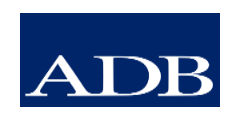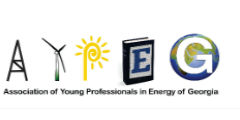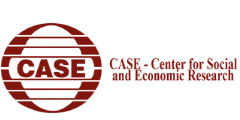Regulatory Impact Assessment on High Mountainous Region Designation of Energy Development and Access
- Details
The Law of Georgia on Energy and Water Supply, adopted in December 2019, envisages certain general provisions concerning vulnerable customers. The Law states that the Georgian government and local government bodies, in consultation with other interested parties, shall develop special programs/measures/benefits to ensure the supply of electricity and natural gas for vulnerable customers. However, the provisions of the law do not specify the form of the support programs or the measures to be taken in protecting such customers.
Currently, from a policy perspective, there is neither a clear general long-term energy strategy nor individual strategies for municipalities. Moreover, there is no uniform policy to ensure energy access to the high mountainous regions, and certain mountainous municipalities are treated differently than others. For instance, residents permanently living in some villages of the Kazbegi and Dusheti municipalities received 700m3 of free gas per month (between 1 December 2019 and 15 May 2020 and from 15 October 2020 to 30 November 2020) (the State Law of Georgia, 2020). Consequently, such policies have to take into account the local context, fairness, and the equal treatment of each mountainous municipality.
- Details
Since the Uruguay Round of the World Trade Organization (WTO), which introduced agriculture to the GATT (General Agreement on Tariffs and Trade) negotiation table, there has been increasing policy interest and academic debate on food safety regulations and their effect on the agri-food trade. During the Uruguay Round, WTO members negotiated the Sanitary and Phytosanitary Standards (SPSs) in the “SPS Agreement” and the Technical Barriers to Trade (TBT) agreements, which share common principles and rules with all member countries (Mayeda, 2004). The SPS agreement is a collection of standards, guidelines, and codes of practice, and builds on the Codex Alimentarius, or “Food Code”, to ensure that food is safe and can be traded (Joint FAO/WHO Codex Alimentarius Commission, 2007). Food safety standards are perceived as non-tariff measures (NFM) as alternatives to tariffs, and they serve as a policy instrument that can affect trade flows (Santeramo & Lamonaca, 2018).
- Details
The livestock sector plays a significant role in Georgian agriculture, accounting for more than half of total output. Although livestock farming is spread throughout the country, agriculture is dominated by livestock in the mountains, which cover over 50% of Georgian territory. The livestock sector contributed to around 4% of the country’s overall GDP in 2018, and dairy production remains one of the most traditional Georgian agricultural sub-sectors.
Though the demand for milk and dairy products has maintained an increasing trend in Georgia, compared to the domestic production of milk, which has been decreasing over the last decade, the increasing shortage is often satisfied by imported milk powder, milk cream (e.g. butter), and other dairy products. As a result, the milk and dairy self-sufficiency ratio has been constantly decreasing over the past decade; it amounted to 81% in 2018 compared to 92% in 2009. Moreover, an increased demand for live animals on export markets has stimulated a decrease in the number of cows and has, thus, reduced the country’s milk production.













